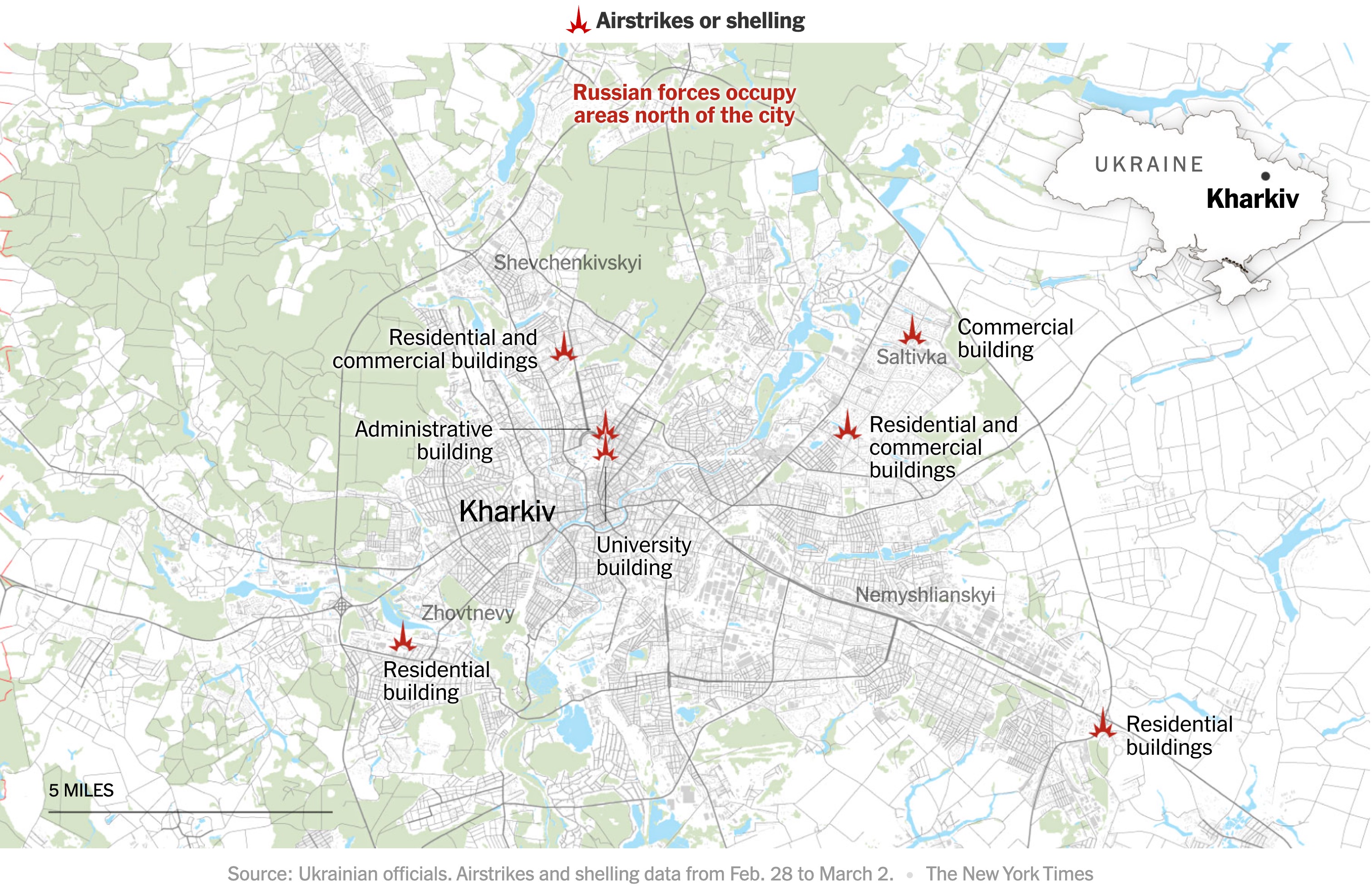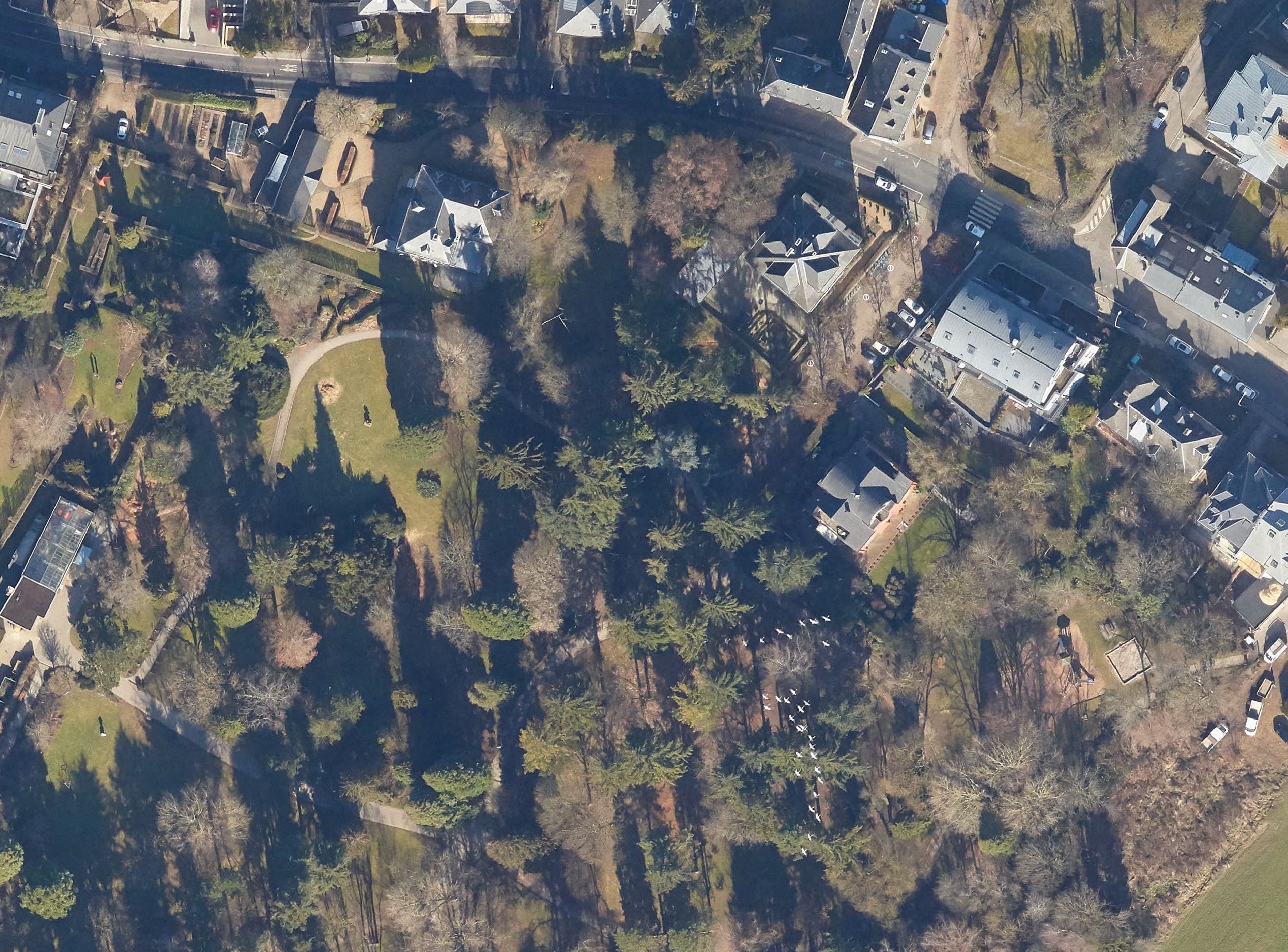Dear OpenStreetMap Community and fellow mappers,
After writing to you in 2022 and 2023, you could think that these chairman reports would become pretty routine: compare a few numbers over time, tout the accomplishments of the OSMF board this year, and give a few paths for the coming year. I will be doing this, but in contrast to previous years, we do not have many positive changes to report on, because of the way the board has been (not) working. I will expand on why later, and talk about how I think the board should refocus in 2025. What might sound like board internal politics is actually, I think, at the core of how we organise as a project. This hasn’t been an easy report to write, which is why it comes so late.
We have 2088 members today, down from 2161 in December 2023, compared with about 2000 in December 2022. 1125 members today are associated members, and the 2024 membership campaign led by Arnalie at least helped diversify our membership’s geographic diversity. The next board should budget for changes to the website to recognise membership, and encourage qualifying mappers to join for an associate membership. It should also rethink the current complex membership structure, and look at technical improvements to the membership system.
We were happy to welcome Regrid, QGIS and Calimoto as silver corporate members in 2024.
Our number of registered users went down to 9851706 from 10.5 million as OWG cleaned up thousands of spam accounts. The number of nodes, ways and relations in the database keeps increasing at a normal rate, showing our growth and demonstrating how contributing to OpenStreetMap is important to many.
… 查看完整日記項目



